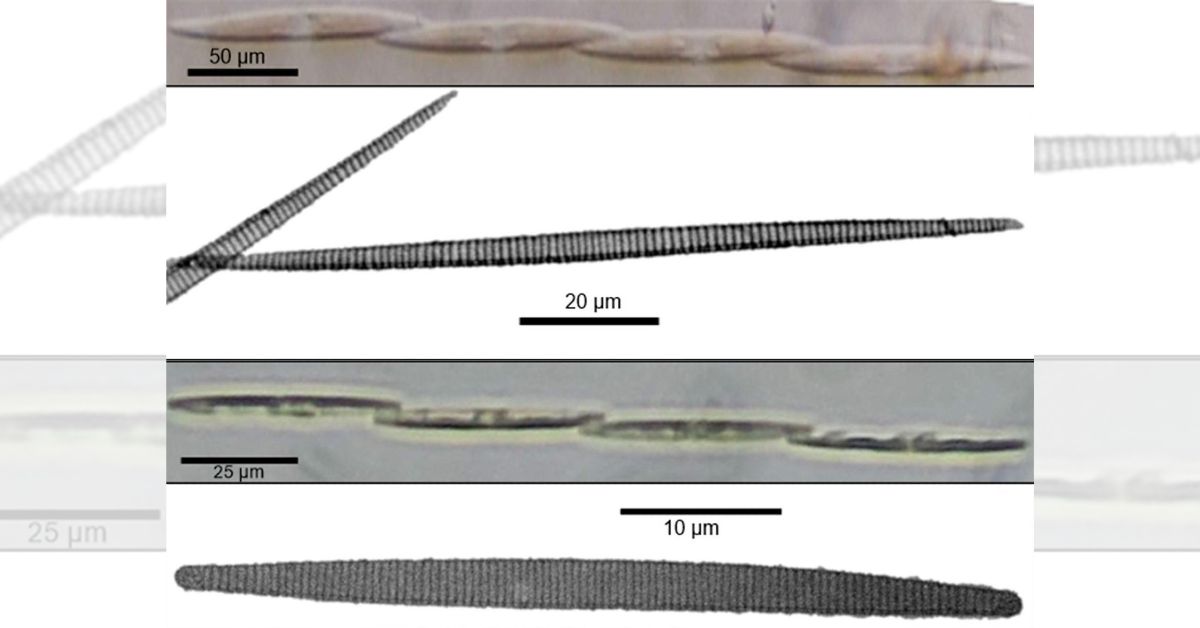Scientists have found two types of toxic microscopic aquatic organisms in shellfish farms in Luzon, posing potential health risks for millions of consumers.
The algae, called “pseudo-nitzschia,” can release a toxin called domoic acid (DA) that can cause amnesic shellfish poisoning (ASP), said scientists from Ateneo de Manila University and Universiti Malaysia Sarawak who conducted research in shellfish farms in Bacoor Bay and Pagbilao Bay in Luzon.
People who eat shellfish with high DA levels can experience symptoms like nausea, vomiting, diarrhea, and, in severe cases, even memory loss that can become permanent.
Diatoms are often called “algae that live in glass houses” because they have silica shells, which give them a milk-colored, glassy look. While most types of diatoms (a group of algae) are harmless, certain ‘Pseudo-nitzschia’ species can produce DA.
Scientists from Ateneo de Manila University and Universiti Malaysia Sarawak conducted research in shellfish farms in Bacoor Bay and Pagbilao Bay in Luzon. They were able to identify two specific ‘Pseudo-nitzschia’ species, ‘Pseudo-nitzschia pungens’ and ‘Pseudo-nitzschia brasiliana’, that produce this toxin.
The team also noted the discovery of ‘P. brasiliana’ in Luzon for the first time.
“It is important to be aware of the toxic potential of these diatoms and to monitor them accordingly, but such efforts must begin by establishing their presence in our waters. To our knowledge, the molecular taxonomy of Pseudo-nitzschia in the Philippines is virtually nonexistent,” said researchers Lorenzo A. Botavara, Janice A. Ragaza, Hong Chang Lim, and Sing Tung Teng.
Algae like ‘Pseudo-nitzschia’ can sometimes grow rapidly in what are called harmful algal blooms, or “red tides,” when they can produce large amounts of DA that can accumulate in shellfish such as clams and mussels.




